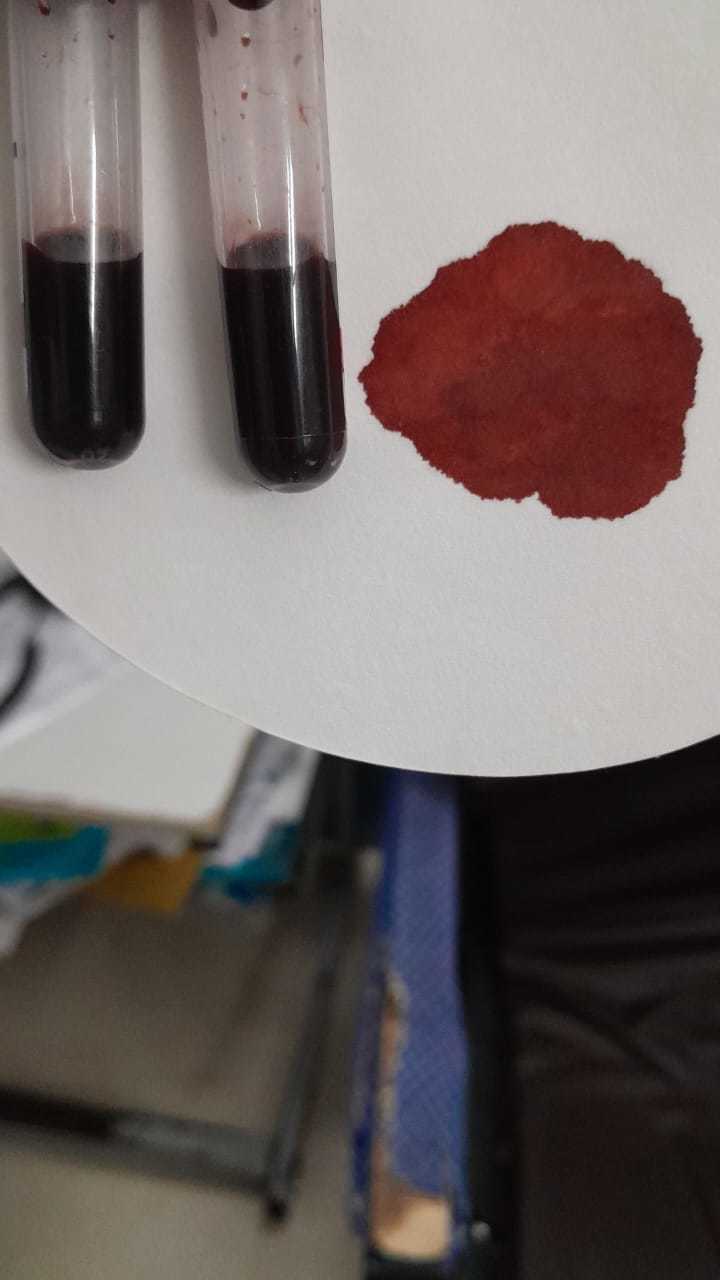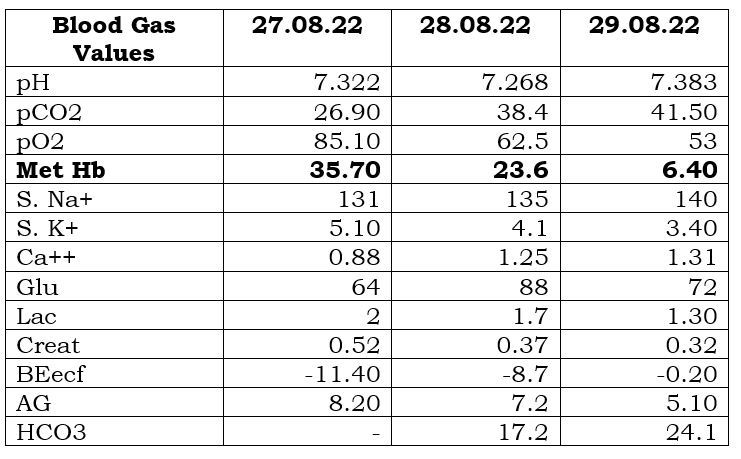History can Reveal Your Secrets! Dr Anuj Rastogi Talks about the Role of History Taking in Diagnosis in this Case Report
M3 India Newsdesk Sep 19, 2022
In this article, Dr Anuj Rastogi presents a case of acquired methemoglobinemia in a newborn who had a sudden episode of cyanosis. He also stresses the importance of understanding the patient history before initiating any treatment.
The case
An infant who was 1.5 months old suddenly experienced cyanosis while wailing. Numerous specialists examined the infant, and each of them recommended echocardiography to rule out any potential cardiac conditions. The baby was brought to my clinic in an emergency since the echo was not performed as it was a Sunday.
Although I could see the infant, the cyanosis had no apparent cardiac cause, to my knowledge. His SpO2 was 92% on room air, and the infant appeared pale. Fortunately, the tests I suggested revealed the diagnosis.
History
The infant was born to a non-consanguineous couple. The child had under-gone circumcision two weeks ago and unfortunately bled. A suture was needed to halt the child's bleeding after the procedure two weeks ago, as the child bled during the procedure.
Treatment
To treat the wound, the patient was given some cream. The baby was investigated, and when I checked the calcium level in his arterial blood gas simply to see, I was surprised to find that it was on the low side and that his methemoglobin level was high (35.7%). I suggested the infant be admitted and placed a new test order. The blood was a chocolate colour when we placed it in the test tube. We advised them to arrange methylene blue injection and meanwhile, we started vitamin C (2 mg/kg 6 hourly).

The baby did well the whole night. We performed his ABG once more in the morning, and the haemoglobin level fell to 23.6%. We continued with Vitamin C and although we got an injection of methylene blue we did not use it as the child had started showing improvement with vitamin C. Since his septic screen came back negative, no antibiotics were administered. The next day, when his ABG was checked again, his haemoglobin level was 6.4%, which was a trend of strong improvement, and the infant was released on oral Vitamin C.

Acquired methemoglobinemia, which affects neonates due to suboptimal cytochrome-b5 activity, was the official diagnosis. The application of a nitrite-containing ointment like Silverex to the wound likely caused the condition to develop in the child.
Conclusion
- With an open mind, we can select a variety of diagnoses, but we shouldn't administer any unapproved treatments to newborn infants.
- Get a G6PD assay of the child before administering methylene blue; as failing to do so could result in hemolysis.
- Due to their three times larger skin, infants are more susceptible to poisoning and overdosing from anything applied to their skin.
- The child's cyanosis was not immediately visible due to his haemoglobin level, which was 9.5 gm/dl. It might have been obvious if it had been higher than 15 gm/dl.
Disclaimer- The views and opinions expressed in this article are those of the author's and do not necessarily reflect the official policy or position of M3 India.
About the author of this article: Dr Anuj Rastogi is a practising paediatrician from Meerut.
-
Exclusive Write-ups & Webinars by KOLs
-
Daily Quiz by specialty
-
Paid Market Research Surveys
-
Case discussions, News & Journals' summaries